Index

Review: AMD strikes back with a vengeance
Today is Radeon HD 6900 day and AMD has a lot riding on the new Cayman series. As usual, the new series offers two cards dubbed Radeon HD 6970 and Radeon HD 6950. Both are based on the new Cayman core, AMD's second generation DirectX 11 core. Of course, unless you spent the past six months under a rock, you probably knew this, but now that the intro is out of the way, we can get on with stuff that actually matters.
Radeon HD 6970 will succeed the HD 5870 on AMD's single-GPU throne and it will compete against Nvidia's Gefroce GTX 570. The fastest single-GPU card in this year will still be the GTX 580, but the fastest card around overall remains the one-year old AMD dual-GPU HD 5970.
Since both graphics heavyweights are well behind their deadlines, the fight for the fastest graphics card is expected to start in early 2011. This period will see AMD announce its dual-GPU HD 6990, whereas Nvidia will be ready with its own dual-GPU board.
This year seems to have favored AMD when it comes to DirectX11 cards, as the company managed to fill out its DirectX11 lineup quite nicely and much sooner than Nvidia. AMD's execution was nothing short flawless, which can't be said of Nvidia. Furthermore, sales figures confirm that AMD won this round with about 25 million shipped DirectX11 cards under its belt.
However, as much as AMD and Nvidia try to promote new DirectX 11 technologies, Steam statistics say that 85% of gamers still didn’t upgrade to DirectX 11. The reason is more or less the lack of DirectX 11 games. With its HD 6900 series, AMD aims at hardcore gamers looking for top performance and plan to upgrade to DirectX 11 graphics with a brand new graphics card.
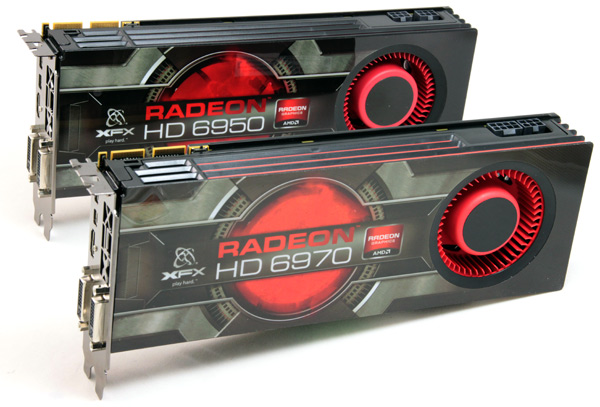
The Cayman Architecture 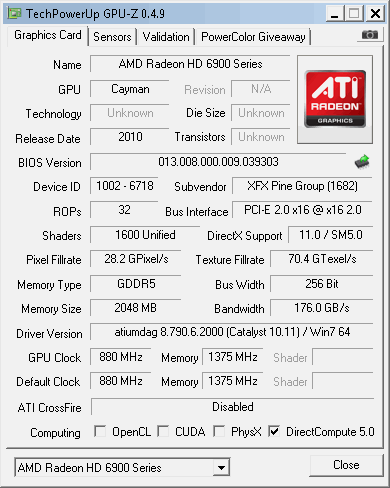
Radeon HD 6970 ; Driver: HD6900_8.79.6.2rc2_Win_Vista_7
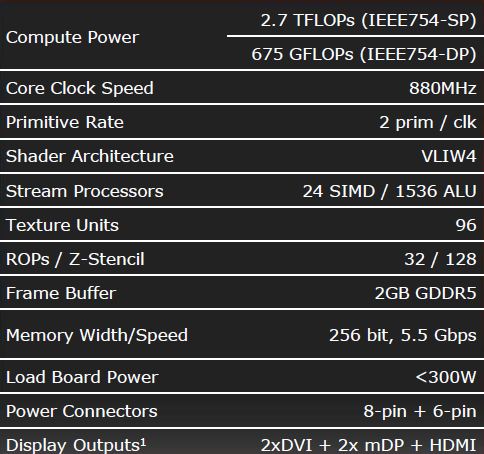
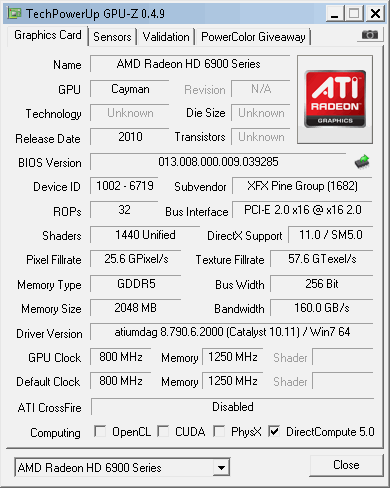
Radeon HD 6950 ; Driver: HD6900_8.79.6.2rc2_Win_Vista_7
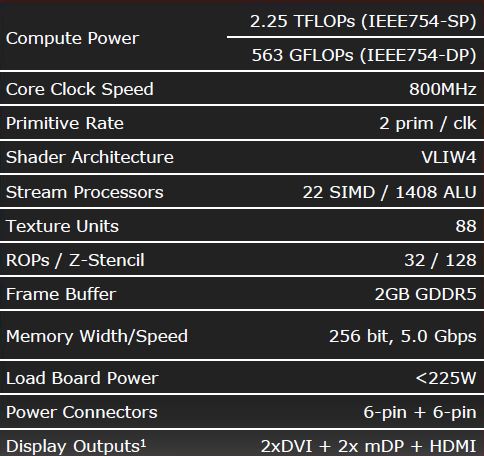
The recently released AMD Barts GPU used the “old“ VLIW5 design, although it had some neat features regarding the actual design of the chip (individual dispatch processors for each of the SIMD blocks). Cayman on the other hand feels like real evolution as it indeed features the new VLIW4 design. This means that it has four proper stream processing units, as opposed to VLIW5 with four simple and one complex SP unit.
Cayman now uses what AMD calls a 4-way co-issue. This means that all stream processing units have equal capabilities, and there is no complex SP unit (also known as the T-unit).
The new VLIW4 design should provide a ten percent improvement in performance per mm2, at least according to AMD. Although it looks like all four SM units are equal in size and use, it appears that two (third and fourth) are assigned with some special functions, also known as the transcendentals. Bear in mind that they have nothing to do with Walt Whitman and Ralph Waldo Emerson.
The talk of greater parallelization started with the Barts GPU which had individual dispatch processors for each SIMD Engine Block, something that certainly helped Barts with tessellation. Cayman on the other hand, has two graphics processing engines (GPEs), one for each SIMD engine, which means that it should raise the tessellation performance by a factor of three to four when compared to the HD 5870, at least on paper.
Another novelty is the upgraded Render Back-End which in Cayman's case has 128 Z/Stencil ROPs, 32 color ROPs, 2x faster 16-bit integer ops and 2-4x faster 32-bit FP ops.



